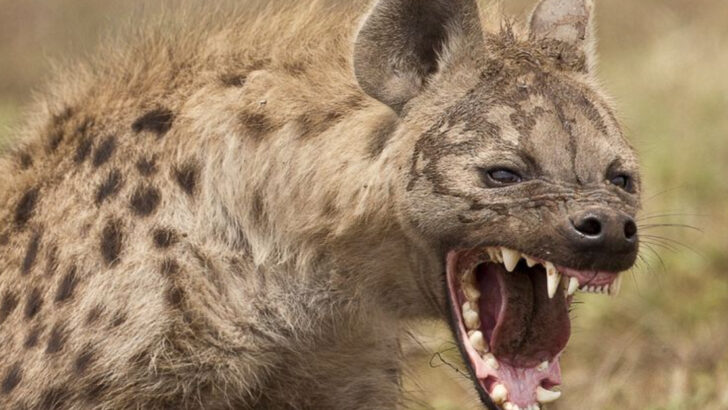The hippopotamus isn’t just big—it’s a walking tank with teeth.
Most animals give it a wide berth, and for good reason. A full-grown hippo can crush bones, flip boats, and sprint faster than you’d expect from something shaped like a sofa.
But nature loves a plot twist. From clawed assassins to heavyweight predators, a few contenders might just stand a chance in a wild face-off. Some would outsmart it. Others would outmuscle it. A few? Pure chaos on four legs—or none at all.
These aren’t your average zoo mates. Get ready to meet 15 animals that could take the fight to the hippo… and maybe even win.
African Elephant
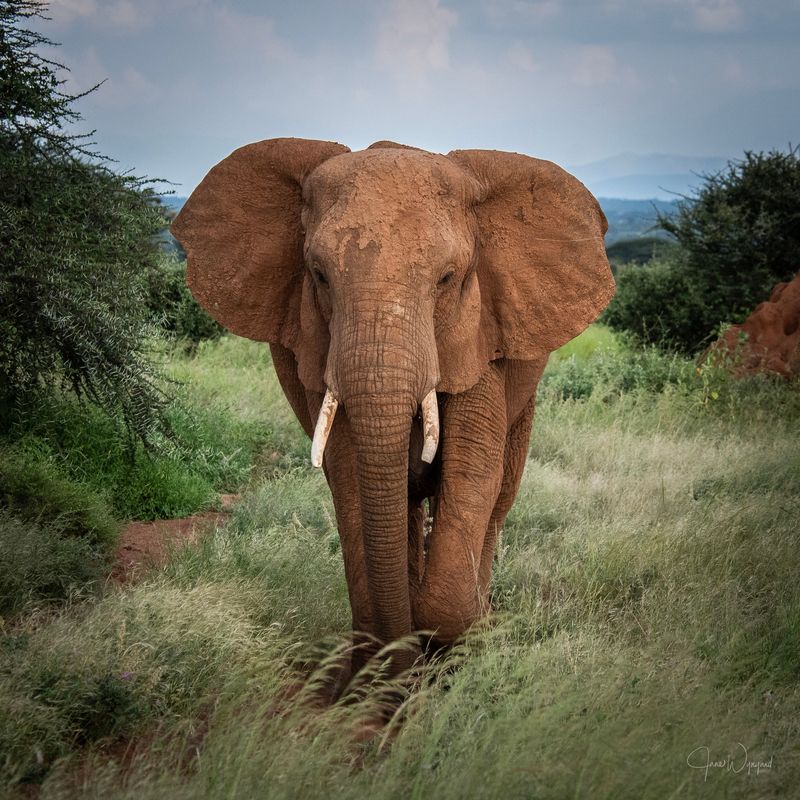
The African Elephant is a towering giant with unmatched strength and intelligence. With the ability to weigh up to 12,000 pounds, its sheer size alone poses a significant challenge to a hippopotamus.
Elephants possess powerful trunks that can lift over 700 pounds, providing a strategic advantage in any confrontation. Their social structure and communication skills are equally impressive, allowing them to work in groups if threatened.
In a hypothetical showdown, an elephant’s mass and intellectual prowess could potentially outmatch a hippo’s brute force.
Did you know? Elephants are known to mourn their dead, showing a depth of emotion not often seen in the animal kingdom.
Saltwater Crocodile
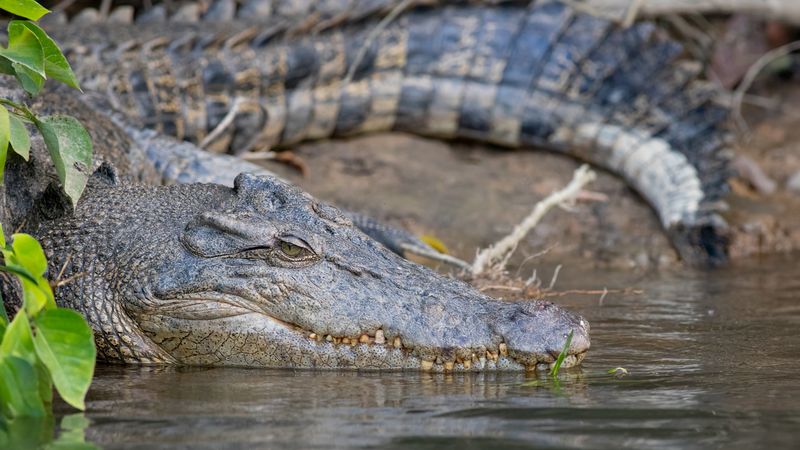
Lurking in the murky waters of rivers and estuaries, the Saltwater Crocodile is a master ambush predator. These reptiles can grow over 20 feet long and have a bite force that rivals any creature on Earth.
Their tough, armored bodies provide excellent defense against attacks. In an aquatic setting where both animals might meet, the crocodile’s stealth and powerful jaws could tip the scales in its favor.
They are patient hunters, capable of waiting for hours before delivering a fatal blow. Remarkably, crocodiles have been on this planet for over 200 million years, showcasing their evolutionary success.
Rhinoceros
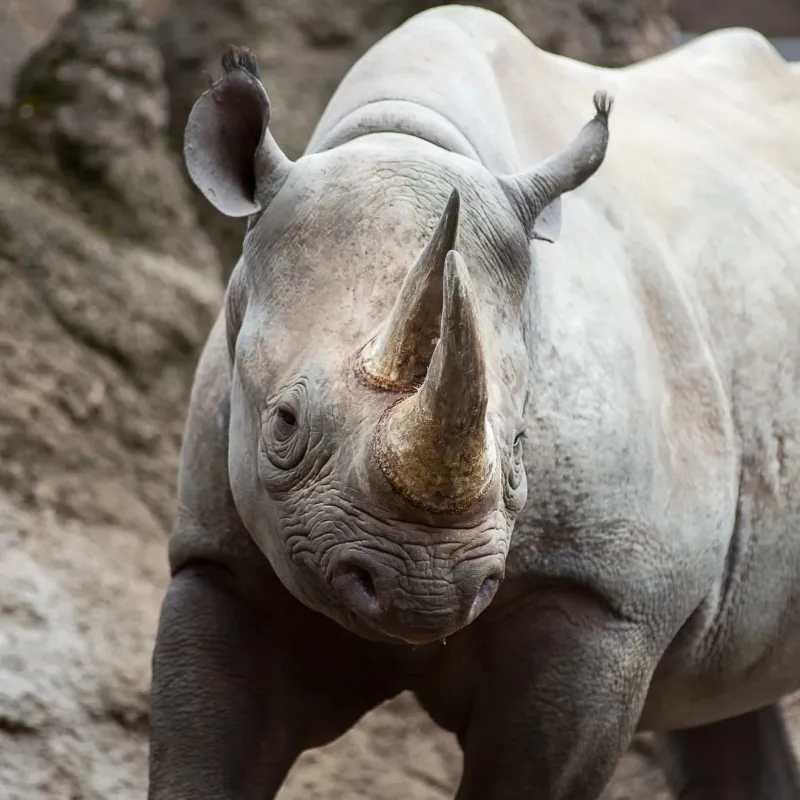
With its massive body and formidable horn, the Rhinoceros stands as a formidable challenger. Weighing up to 5,000 pounds, its charge can reach speeds of 34 miles per hour.
Such momentum, combined with its horn, can deliver devastating force. Rhinoceroses have thick skin that acts as natural armor, protecting them from potential threats.
While they might prefer solitude, their defensive capabilities are not to be underestimated. In a hypothetical clash with a hippo, a rhino’s tenacity and strength might just prevail.
Fun fact: despite their size, rhinos have small brains relative to their body weight.
Killer Whale
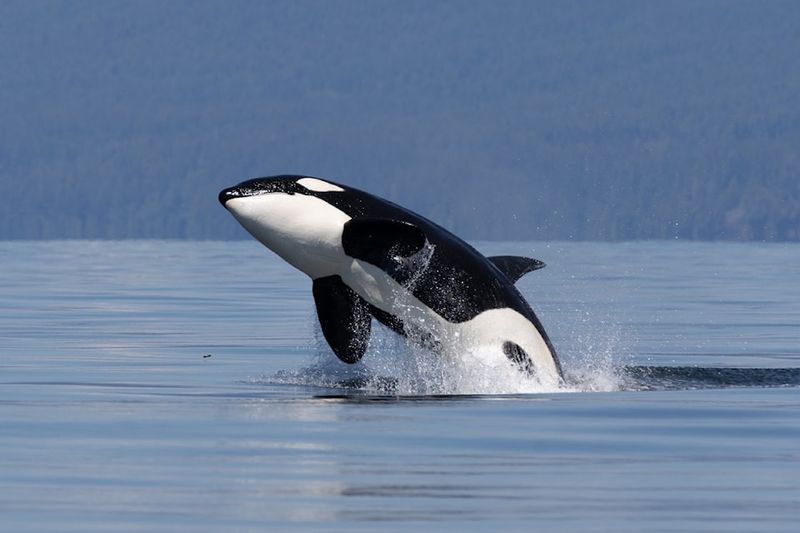
The ocean’s apex predator, the Killer Whale, or Orca, is known for its intelligence and hunting prowess. These marine mammals can weigh up to 6 tons and are equipped with sharp teeth and a powerful tail.
Killer Whales hunt in pods, using sophisticated techniques to outsmart and overpower their prey. In an unlikely aquatic showdown with a hippo, the orca’s teamwork and agility could prove advantageous.
Interestingly, orcas are one of the few species known to prey on sharks, highlighting their dominance in the marine world.
Lion
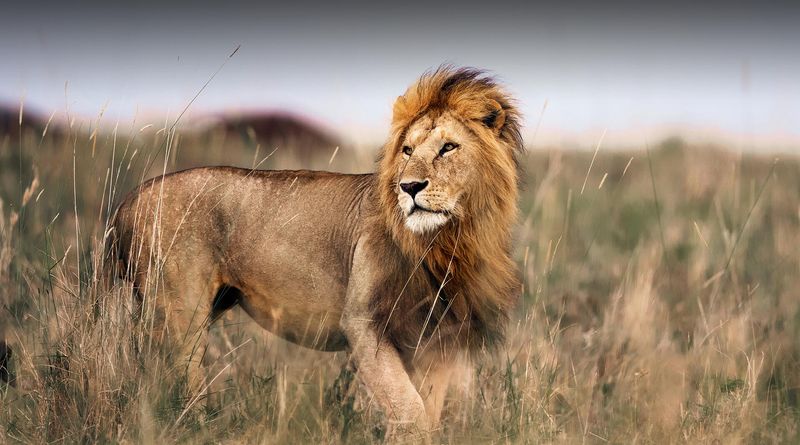
Often referred to as the “King of the Jungle,” the Lion is a symbol of courage and strength. With a powerful roar and a muscular build, lions are skilled hunters capable of taking down large prey.
In prides, they work together to strategically outmaneuver and subdue their targets. While a solo lion might struggle against a hippo, a coordinated pride attack could potentially succeed. Lions can leap as far as 36 feet, showcasing their incredible agility.
Did you know? A lion’s roar can be heard from five miles away, striking fear into the hearts of nearby creatures.
Tiger
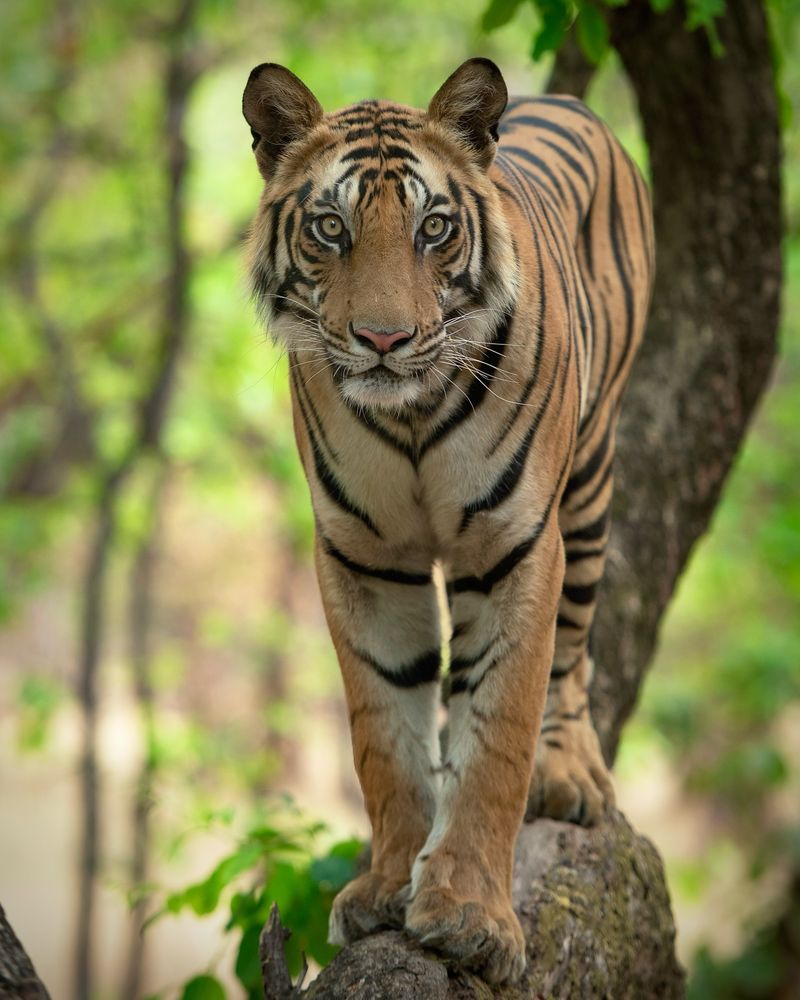
Tigers are solitary, stealthy hunters with unmatched strength and cunning. Weighing up to 600 pounds, they are the largest of the big cats and possess a bite force that can crush bones.
These felines rely on their keen senses and striking camouflage to ambush prey. In the wild, tigers have been known to take down animals larger than themselves. A confrontation with a hippo would be rare, but a tiger’s agility and strategy might give it an edge.
Fascinatingly, each tiger’s stripes are unique, much like human fingerprints.
Polar Bear

In the Arctic, the Polar Bear reigns supreme as the largest land carnivore. Weighing up to 1,500 pounds, these bears are equipped with sharp claws and powerful limbs for hunting seals.
Their ability to swim long distances and withstand freezing temperatures showcases their adaptability. In a theoretical icy encounter, a polar bear’s brute strength and endurance might pose a threat to a hippo.
Intriguingly, polar bears have black skin underneath their fur, which helps absorb heat from the sun, a vital adaptation to their cold environment.
Anaconda
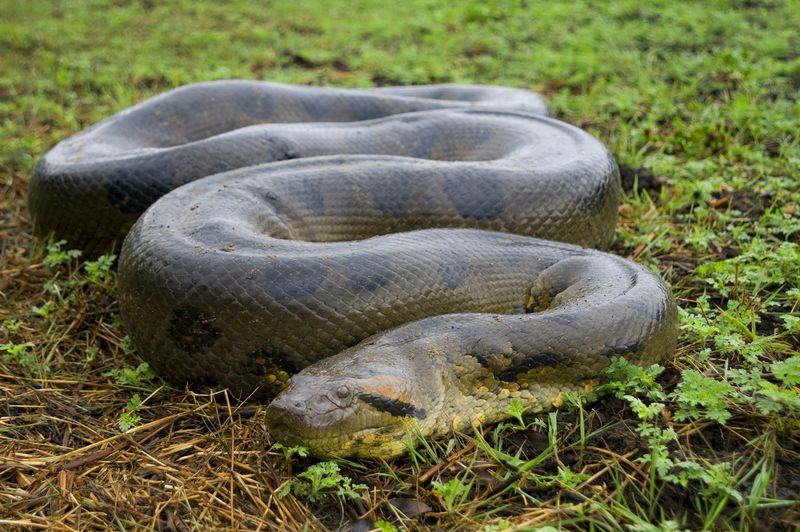
The Anaconda, a South American giant, is one of nature’s most powerful constrictors. Capable of reaching lengths over 30 feet, these snakes are masters of stealth, lying in wait for unsuspecting prey.
With a crushing grip, an anaconda can suffocate its target, showcasing incredible strength. While a direct confrontation with a hippo might seem unlikely, in the right conditions, this serpent’s surprising power could prove formidable.
Did you know? Anacondas give birth to live young rather than laying eggs, a unique trait among large snakes.
Great White Shark

The Great White Shark is a symbol of oceanic power and fear. Its rows of serrated teeth and keen senses make it a perfect hunter of the seas. Weighing up to 5,000 pounds, this shark’s speed and precision are unmatched.
If a hippo ever ventured into shark territory, it would face a predator refined by millions of years of evolution. The great white’s relentless pursuit and powerful bite could challenge even the mightiest of beasts.
Fun fact: Great whites can detect a single drop of blood in 25 gallons of water, thanks to their acute sense of smell.
Grizzly Bear
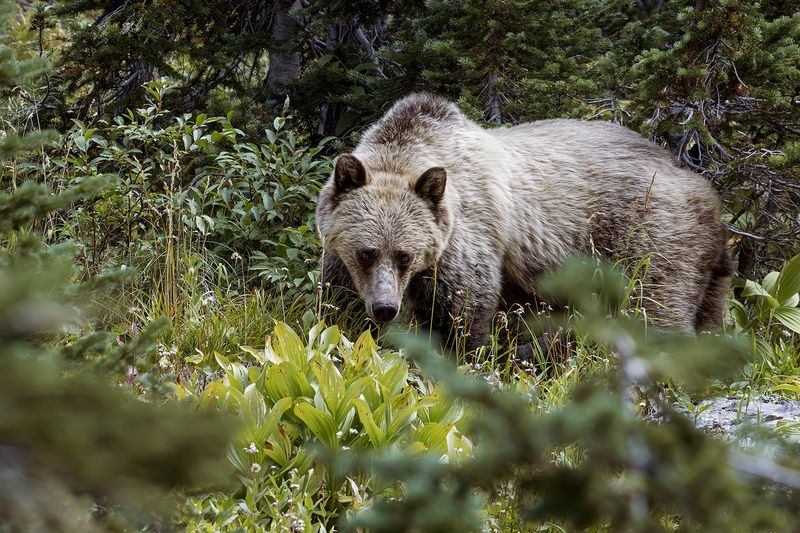
Grizzly Bears are formidable creatures with strength and resilience. Weighing up to 1,300 pounds, these bears possess powerful limbs and claws, making them adept hunters and fighters.
Their thick fur and layers of fat provide protection against attacks. In a hypothetical forest encounter, a grizzly’s tenacity and raw power could potentially rival a hippo’s might.
Interestingly, grizzlies can run up to 30 miles per hour despite their size, a testament to their impressive endurance.
Komodo Dragon
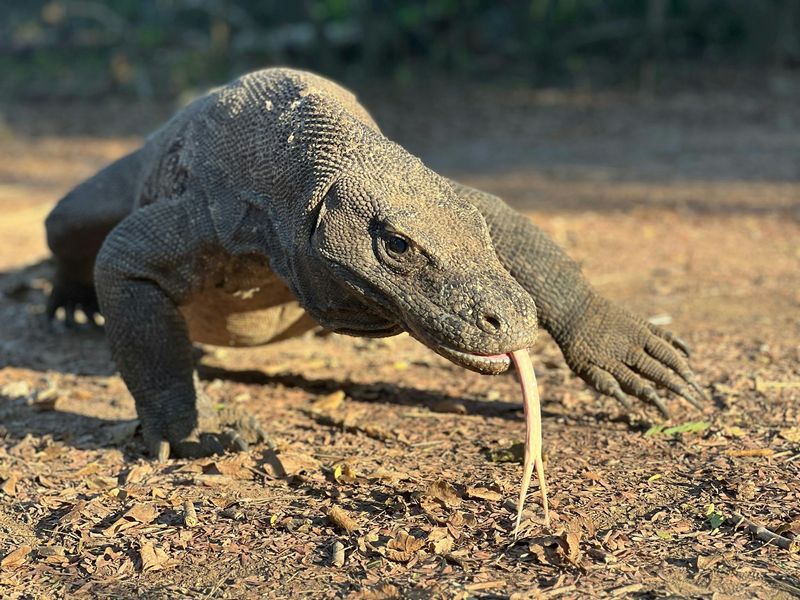
The Komodo Dragon, the world’s largest lizard, commands respect with its fearsome reputation. Measuring up to 10 feet, these reptiles have powerful jaws and venomous saliva that can incapacitate prey.
In a dry setting, a Komodo’s patience and toxic bite could challenge even the mightiest opponents. Though a clash with a hippo is purely speculative, the Komodo’s evolutionary adaptations make it a noteworthy contender.
Did you know? Komodo dragons can consume up to 80% of their body weight in a single meal, thanks to their expandable stomachs.
Giraffe

With its iconic long neck and towering height, the Giraffe might not seem like an obvious contender. However, their powerful legs can deliver a kick strong enough to injure or even kill predators.
Giraffes have unique circulatory systems to manage blood flow through their long necks, showcasing fascinating adaptations. In a defensive scenario, a giraffe’s reach and surprising strength could pose challenges to a hippo.
Fun fact: a giraffe’s tongue can be over 18 inches long, allowing it to strip leaves from thorny branches with ease.
Cape Buffalo

Known as one of the “Big Five,” the Cape Buffalo is a symbol of strength and defiance. Weighing up to 2,000 pounds, these herbivores can be highly aggressive when threatened.
Their horns act as formidable weapons, and their herd mentality provides a unique defense strategy. In a defensive stance against a hippo, the buffalo’s resilience and collective strength could be pivotal.
Did you know? Cape buffalo herds have been known to fend off large predators like lions and leopards, proving their unmatched bravery in the wild.
Hyena
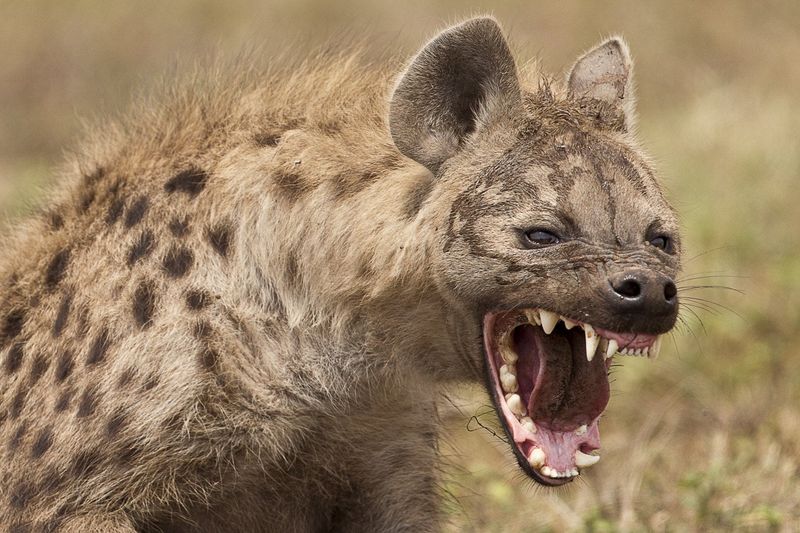
In a world where strength and cunning decide survival, the hyena stands out with its unique blend of both. Known for its powerful jaws and relentless nature, a group of hyenas can take on much larger opponents through sheer tenacity.
Their social structure is matriarchal, with females leading the pack in hunting expeditions. This hierarchy ensures efficient coordination during hunts.
While a lone hyena may falter against a hippo, together, their combined strength and strategy make them worthy adversaries.
Gorilla
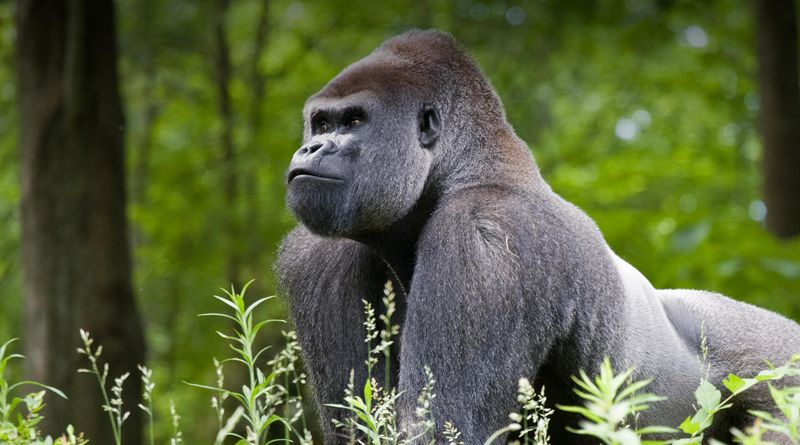
Gorillas are powerful primates known for their intelligence and social structure. Weighing up to 500 pounds, they possess immense strength and dexterity, capable of handling complex tasks.
While typically peaceful, gorillas can exhibit impressive displays of power when threatened. In a hypothetical encounter, a gorilla’s strength and strategic thinking could present challenges to a hippo.
Interesting fact: Gorillas share about 98% of their DNA with humans, reflecting our close evolutionary relationship.

